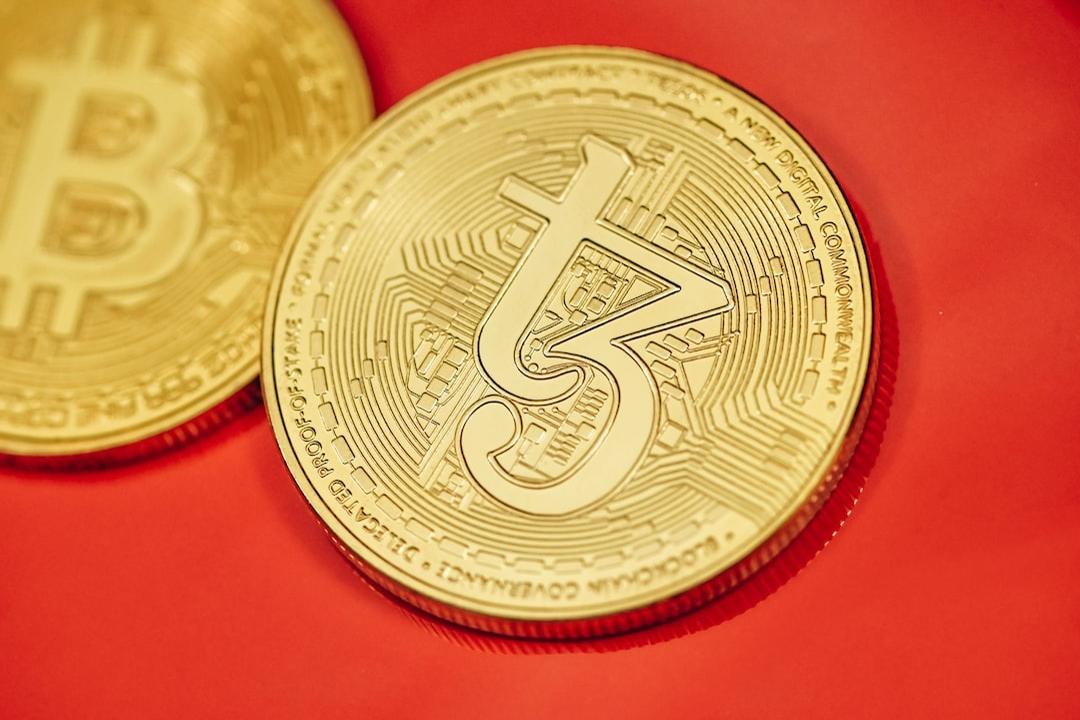MapleStory Chooses It Too! Why Do Top IPs Love Avalanche?
Recently, a few well-known projects have launched (or are planning to launch) exclusive chains based on the Avalanche technology framework. Why choose Avalanche over Ethereum?
The answer lies in Avalanche 9000, the largest upgrade in network history implemented last December, which can be considered Avalanche’s version of “The Merge.” It completely restructured the validator economic model.
In proposal ACP-77, the high fixed staking cost requirement for Avalanche validator nodes (2000 AVAX) was replaced by a low-threshold pay-as-you-go model. According to evaluation data from Blockworks Research analyst Effort Capital, the reduced upfront costs make launching a sovereign Avalanche L1 chain quite attractive, potentially even lower than the Celestia rollup solution or Cosmos application chain.

Further cost savings are achievable. Teams creating Avalanche’s first-layer chain can leverage the existing infrastructure built on the C chain (Avalanche’s liquidity hub). For example, Avalanche’s first-layer network can provide users with convenient channels for depositing into centralized exchanges through the C chain, without having to pay high token fees as direct integration costs.
“This is one of Avalanche’s core value propositions,” Ava Labs Chief Strategy Officer Luigi D’Onorio DeMeo told me in an interview. “From a market entry perspective, this can save development teams a significant amount of time and millions of dollars in integration costs.”
For most standard on-chain infrastructures, including oracles, RPC services, indexers, block explorers, NFT marketplaces, etc. (which are already available on the C chain), starting costs could reach as high as $13 million if built from scratch by an independent L1.
All of this relies on Avalanche’s inter-chain communication protocol, which enables the first-layer network of Avalanche to easily transfer assets between the C chain and other chains, thereby fully utilizing the aforementioned advantages.
The connection between the C chain and Henesys (MapleStory’s exclusive chain) is currently the most active two-way communication route in the international chat system, carrying thousands of messages daily.

The value capture mechanism is another major reason for launching Avalanche’s first-layer network. The first-layer blockchain of Avalanche can establish clear value accumulation channels for the project’s native tokens through guiding its own validator set, distributing block rewards (or using native tokens as Gas fees), among other methods.
Ethereum’s layer-2 networks cannot utilize the same mechanism, hence the value capture channels for project tokens are extremely limited or non-existent, aside from a few exceptions.
Finally, AvaCloud’s HyperSDK also supports a high degree of L1 chain customization, which stands in stark contrast to the constraints faced by current L2 solutions based on rollup technology stacks, demonstrating significant advantages.
AVAX Value Accumulation
Given the issues of value accumulation faced by ETH and ATOM, it is worthwhile to study how AVAX achieves value accumulation.
First, unlike the token burn mechanisms of Solana or some Ethereum tokens, 100% of the fees on Avalanche’s C chain are burned. By 2025, the average monthly burn value of AVAX tokens is estimated to be around $453,000.

Validator nodes continue to stake AVAX to maintain the operation of the main network, with the current staking amount around $8 billion (360.2 million AVAX).

Third, according to the requirements of proposal ACP-77, each Avalanche L1 validator node must pay a small amount of AVAX as fees each month. Depending on the number of validator nodes, this fee fluctuates between hundreds to thousands of AVAX. Blockworks Research analyst Boccaccio provided detailed calculations regarding the Gunzilla chain (see the link diagram for the calculation report).

Whenever a transaction operation involves the C chain, a small amount of indirectly generated ICM (inter-chain communication) fees will be burned.
Avalanche’s Development Path
Ultimately, Avalanche’s business strategy is quite familiar: subsidizing long-term growth by reducing upfront investments. Ethereum is also adopting the same strategy by actively sacrificing short-term execution fee revenues in hopes of gaining data availability fees in the long run. In pursuit of long-term growth, Celestia is currently offering data availability services for free.
“One common misconception about Avalanche is that it has no intention of pursuing high-speed chains,” DeMeo told me, claiming that this statement is not true. Both upgrades ACP-125 and ACP-176 (Octane) have implemented a reduction in minimum base fees on the C chain and introduced a dynamic fee mechanism to optimize gas costs, resulting in an overall decrease of 96% in C chain fees from early 2025 to now.

DeMeo continued, “As part of the network’s subsequent implementation of the ‘Asynchronous Execution (ACP-194)’ plan this year, fees will continue to decrease. Currently, Avalanche’s value capture has not yet reached a significant scale, but the development path is clear. With 66 active L1 chains continuously operating in the ecosystem and more chains coming on board, Avalanche is fully equipped to create its own network effects.”
This article is a collaborative repost from: PANews
Further Reading: 【Exclusive Interview】The Chain Game Version of MapleStory Officially Launched! The Development Team of MapleStory N Reveals Game Highlights

